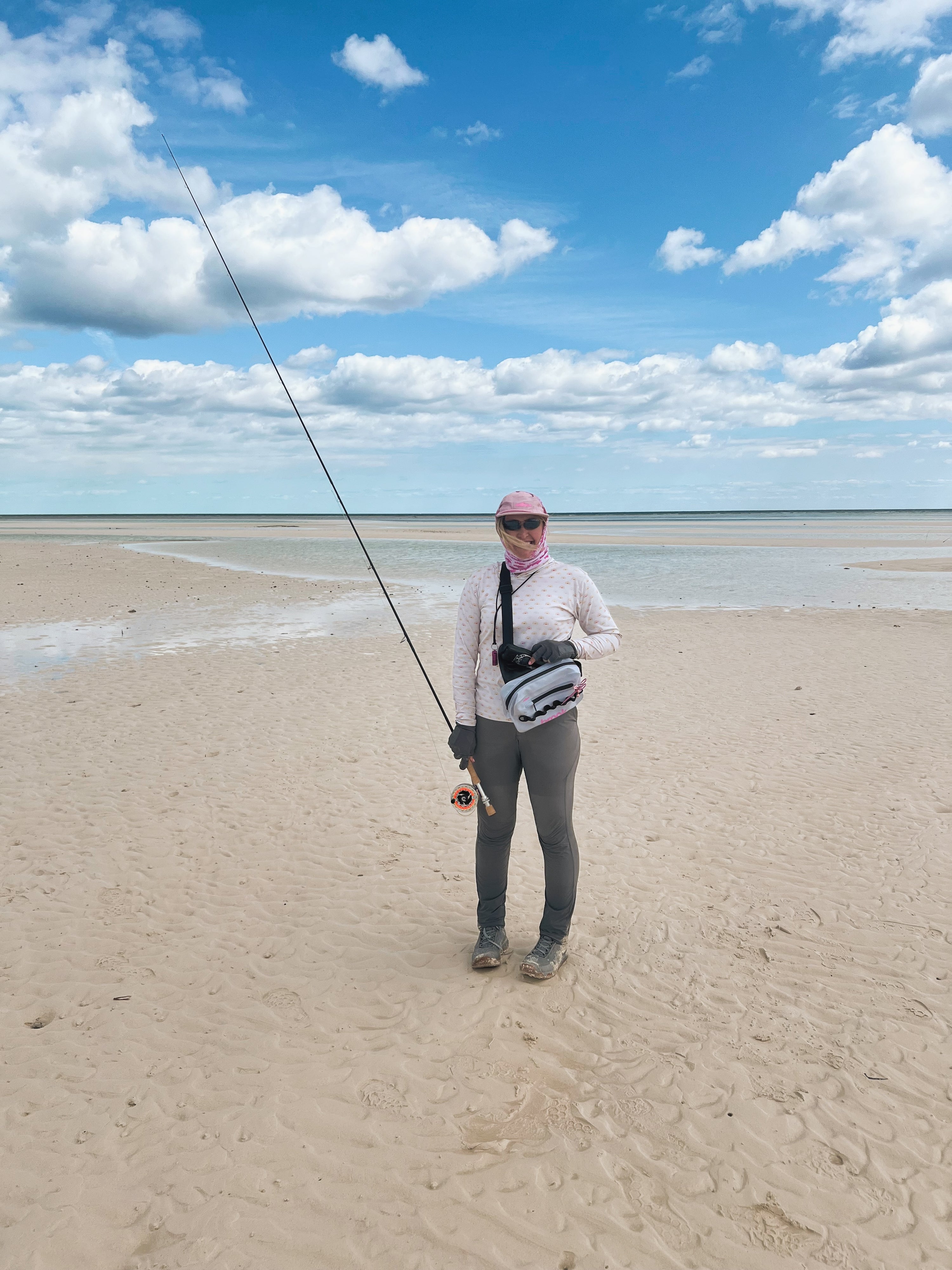Throughout history, women have played a significant but often overlooked role in the world of fishing. From ancient civilizations to modern-day anglers, women have defied stereotypes, challenged norms, and made lasting contributions to the art and science of fishing. Let's dive into the rich history of women and fishing, exploring their roles, challenges, and triumphs over the centuries.
Ancient Roots
The history of women in fishing dates back thousands of years, with archaeological evidence suggesting that women in ancient civilizations like Egypt, Mesopotamia, and China were skilled fisherwomen. In many societies, fishing was not solely a male domain, and women actively participated in fishing activities, using various techniques such as nets, traps, and angling to catch fish for sustenance.
Medieval and Renaissance Era
During the medieval and Renaissance periods, fishing became more specialized and commercialized, leading to the emergence of fishing communities and industries. While men dominated professions like deep-sea fishing and commercial fishing, women continued to play vital roles in coastal and inland fishing activities, often managing fish markets, processing seafood, and assisting in family-owned fishing businesses.
Colonial Expansion and Fishing Traditions
As European powers expanded their colonial empires, fishing traditions evolved and adapted to new environments. In regions like North America, indigenous women were integral to fishing practices, utilizing traditional knowledge and techniques to harvest fish from rivers, lakes, and coastal waters. European settlers introduced new fishing methods, but women continued to contribute significantly to household fishing, food preservation, and trade.
Industrial Revolution and Changing Roles
The Industrial Revolution brought significant changes to the fishing industry, with mechanization, modernization, and commercialization transforming fishing practices. While men dominated roles in large-scale commercial fishing operations, women played crucial roles in ancillary industries such as fish processing, packaging, and marketing. Women also engaged in recreational fishing, enjoying leisure activities like angling and fly fishing.
Modern Era and Women Anglers
In the 20th and 21st centuries, women's participation in fishing expanded rapidly, driven by social changes, advancements in fishing technology, and a growing interest in outdoor recreational activities. Women anglers gained recognition in competitive fishing tournaments, conservation efforts, and fishing communities worldwide. Organizations and initiatives dedicated to women in fishing, such as Women Anglers of Minnesota and Sisters on the Fly, have promoted inclusivity, education, and empowerment for female anglers.
Challenges and Progress
Despite significant progress, women in fishing have faced challenges such as gender stereotypes, unequal opportunities, and limited representation in certain sectors of the fishing industry. However, women anglers have overcome these obstacles with resilience, passion, and determination, proving themselves as skilled anglers, conservationists, and leaders in the fishing community.
Empowering Future Generations
As we look to the future, the legacy of women in fishing continues to inspire and empower new generations of anglers. Women's contributions to fishing culture, sustainability practices, and conservation efforts are increasingly recognized and celebrated, shaping a more inclusive and diverse fishing community worldwide.
In conclusion, the history of women in fishing is a testament to resilience, adaptability, and passion for the sport. From ancient fisherwomen to modern-day anglers, women have left their mark on fishing traditions, innovations, and achievements, paving the way for a brighter and more inclusive future in the world of fishing.


